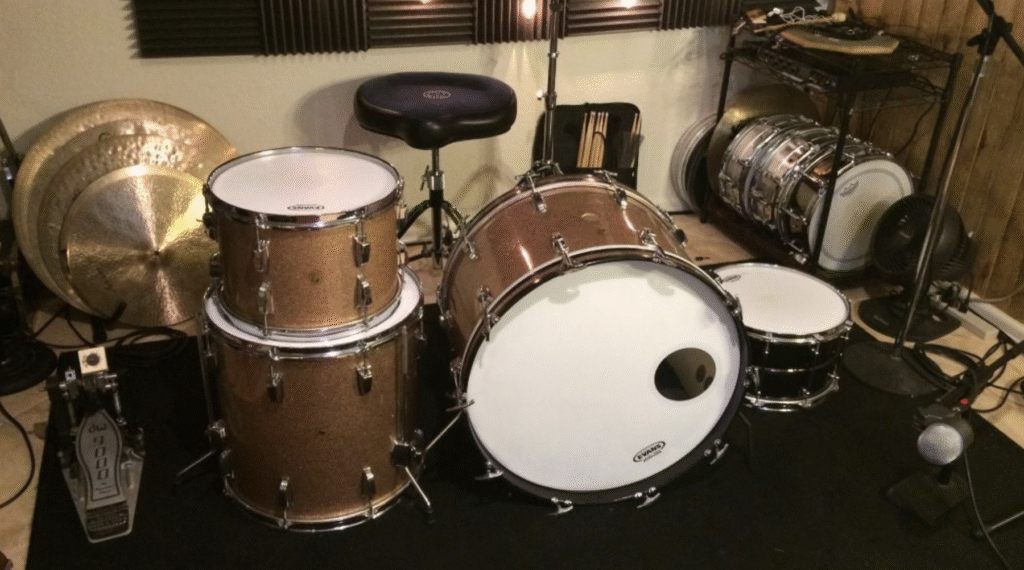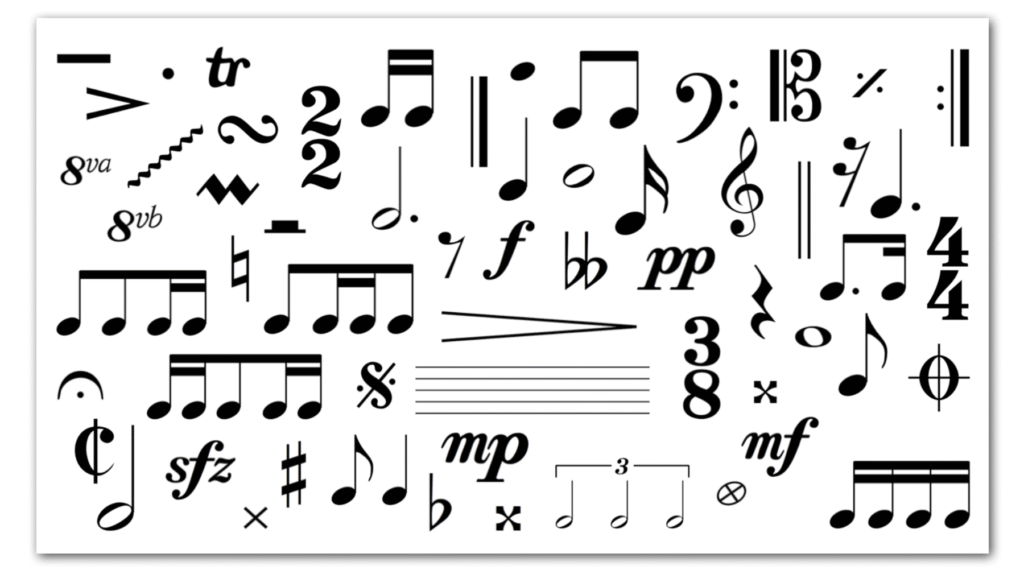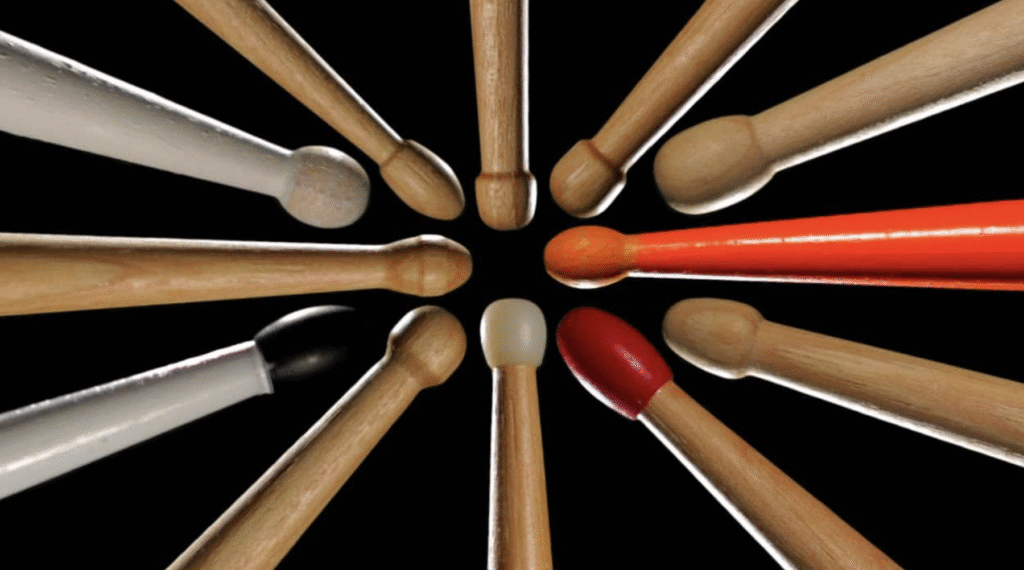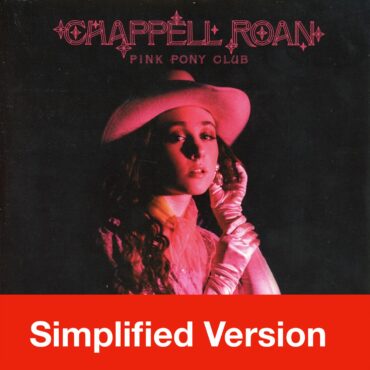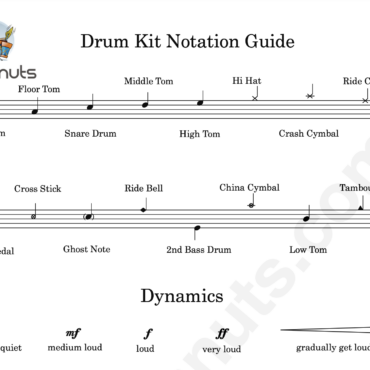What Is a Flam-a-Diddle?

What is a flam-a-diddle? It’s a fun and powerful hybrid rudiment that combines two classic techniques: the flam and the paradiddle. If you’ve already worked on your basic rudiments, this one will stretch your skills and add some serious flair to your playing.
Let’s explore what makes the flam-a-diddle unique, how to play it, and where to use it in your drumming.
Breaking Down the Flam-a-Diddle
To understand the flam-a-diddle, you need to know its two core ingredients:
-
Flam: A small grace note followed by a full stroke. It sounds like a punchy “da.”
-
Paradiddle: A sticking pattern of R L R R, L R L L. It teaches control and speed.
The flam-a-diddle inserts a flam at the start of each paradiddle. So, you play it like this:
Flam + R L R R, then Flam + L R L L
This makes the full rudiment:
(flam) R L R R | (flam) L R L L
It adds a sharp, accented feel that cuts through any groove or fill.
Why the Flam-a-Diddle Matters
The flam-a-diddle is more than a fancy sticking pattern. It’s a tool for dynamic expression.
Here’s why it’s worth practising:
-
Builds hand control: Adding a flam forces you to pay attention to stick height and timing.
-
Improves accents: You’ll naturally start to hear where to emphasize notes.
-
Adds flavour to fills: Flam-a-diddles break up boring fills with something spicy.
-
Transitions well to the kit: The rudiment flows nicely between snare, toms, and cymbals.
Many drummers use it to add character without making things overly complex.
How to Practise Flam-a-Diddles
Start on a practice pad or snare drum. Don’t rush—focus on control first.
-
Use a metronome. Set it slow (60–70 BPM) to get the timing clean.
-
Count out loud. It helps you stay in rhythm.
-
Alternate hands. Start with right-hand flam, then switch to left-hand flam.
-
Watch your stick height. The grace note should be quiet and quick.
Once you’re comfortable, try speeding up the tempo gradually. Aim for clarity before speed.
Transitioning to the Drum Kit
Ready to take it to the kit? Great! This is where the flam-a-diddle really shines.
Try these fun applications:
-
Move the accents: Keep the base rudiment on the snare, and hit flams on the toms.
-
Split it between drums: Play R on snare, L on high tom, and flams on floor tom.
-
Use it in a fill: Lead into a chorus or breakdown using flam-a-diddles across your setup.
Experimenting is key. You don’t need to follow any strict rules—just keep the rhythm tight.
Common Mistakes to Avoid
It’s easy to get sloppy with hybrid rudiments, especially when speed increases.
Here are mistakes to look out for:
-
Grace note too loud: The flam should feel like one note, not two.
-
Sticking imbalance: Make sure both hands sound even.
-
Rushing: Playing too fast too soon can lead to messy flams and off timing.
Go back to basics if you notice any issues. Slow, clean practice always wins.
Making Practice Fun
Let’s face it—rudiments can feel repetitive. So how do you stay motivated?
Here are a few ideas:
-
Play along with backing tracks: Choose something funky or jazzy to spice it up.
-
Record yourself: Hear your progress over time.
-
Set mini challenges: Try flam-a-diddles in 3/4 time or within a groove.
-
Join a drumming group: Share ideas and swap rudiment hacks.
Practising doesn’t need to be boring. Mix it up and keep the groove alive!
Final Thoughts
So, what is a flam-a-diddle? It’s a fiery combo of flair and finesse that turns a classic pattern into something truly musical. Whether you’re practising on a pad or improvising a solo, flam-a-diddles bring power, style, and control.
Master it slowly, stay consistent, and explore different ways to use it on the kit. The more you work with this rudiment, the more doors it opens in your drumming.
Tips:
- Practise the Flam and Paradiddle rudiments separately before trying this one
- Follow the sticking carefully – Practise slowly.


